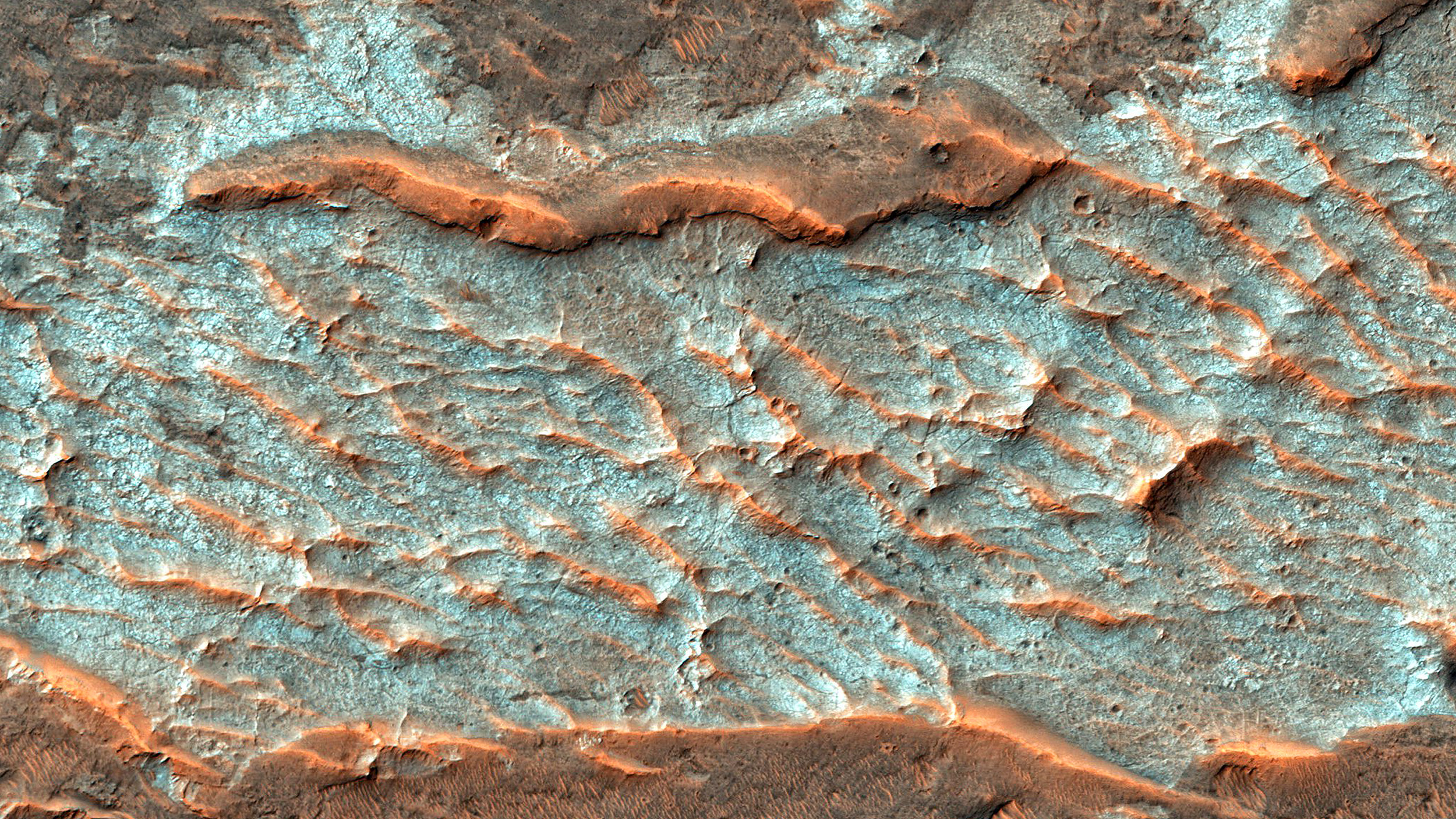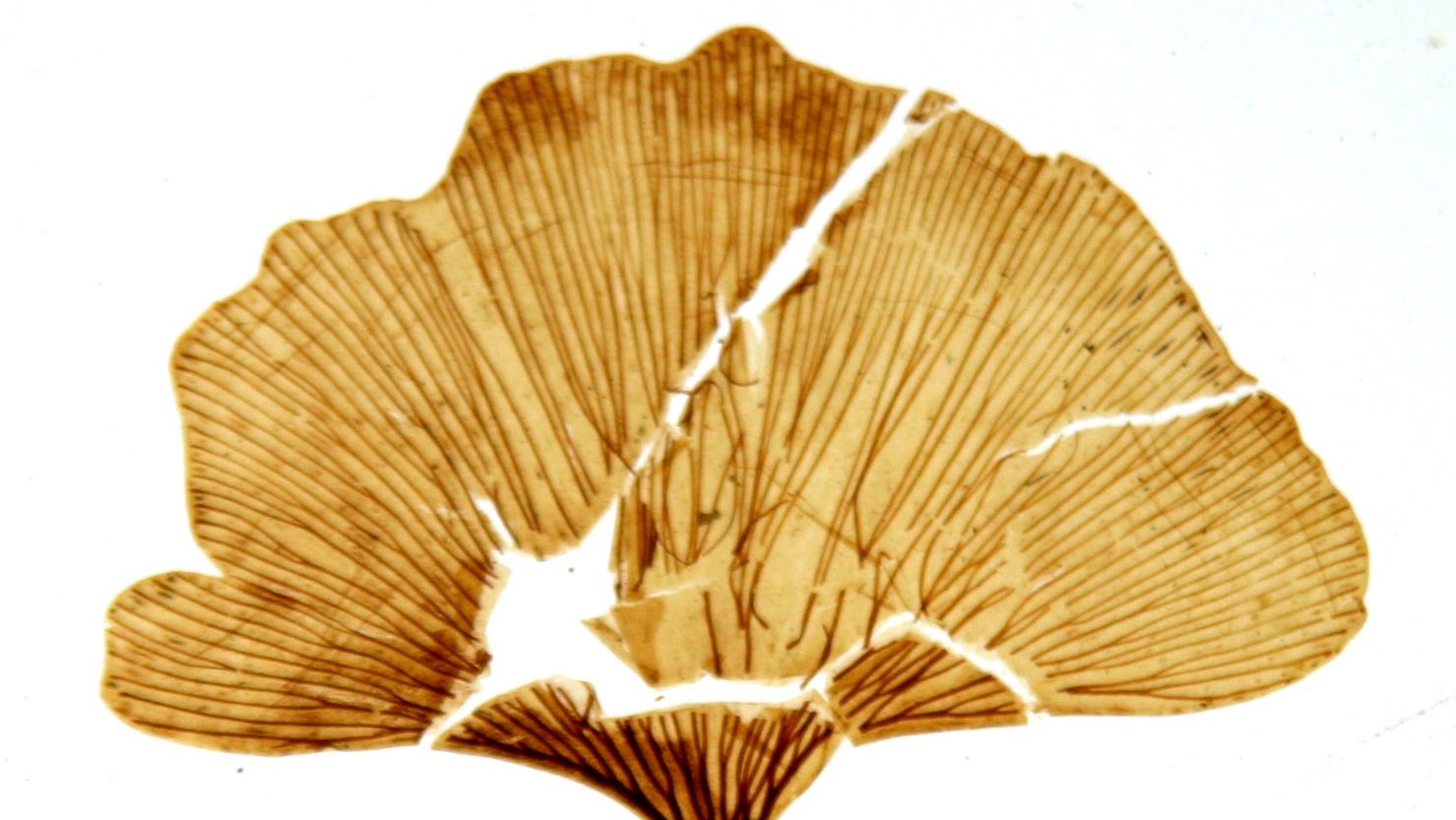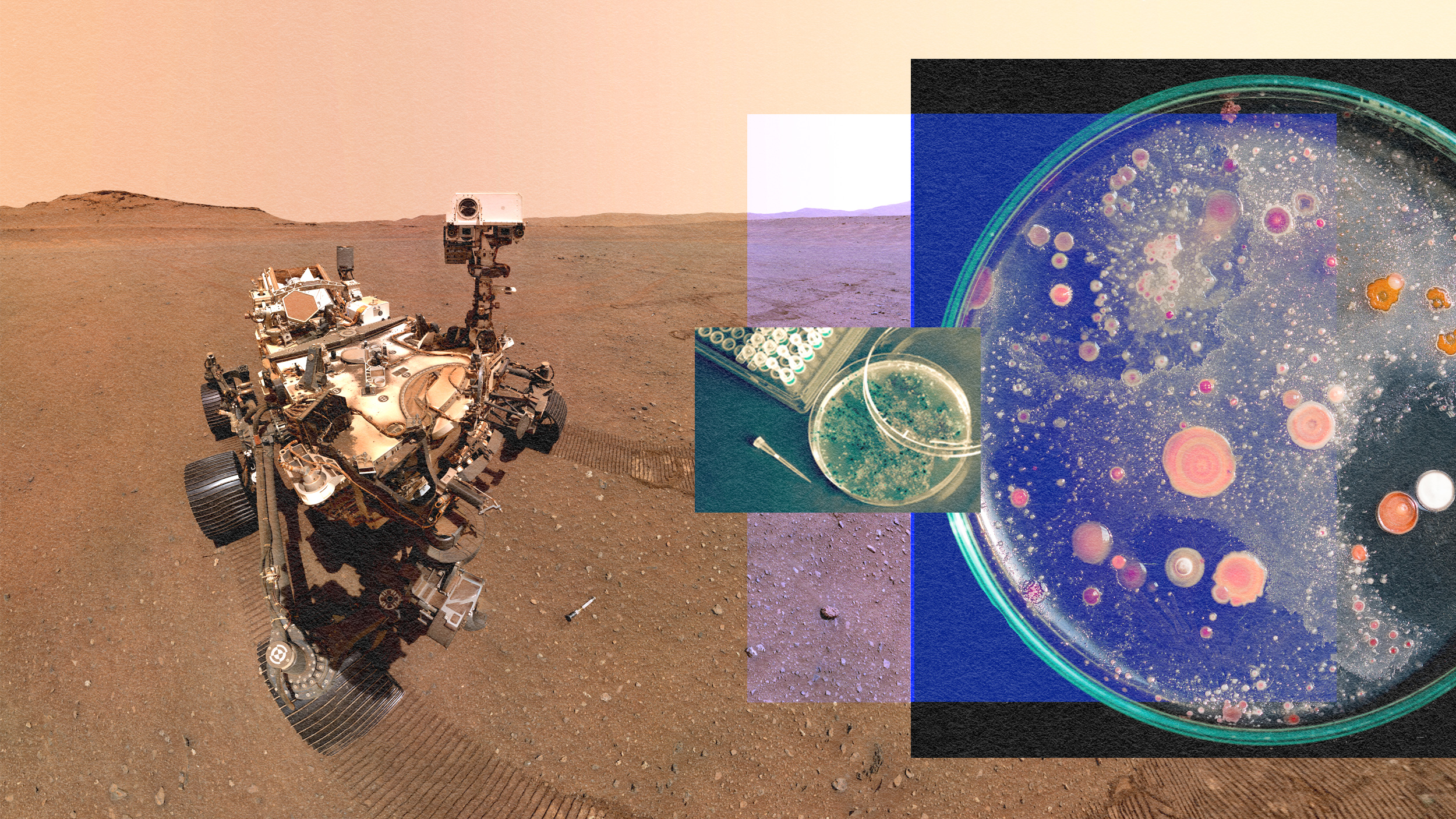Search for Life on Mars Narrowed to Specific Lakes

What’s the Latest Development?
Scientists have narrowed the search for ancient life on Mars down to 79 lakes that contain mineral deposits, meaning that the lakes’ clay may contain a fossil record of microbial life. The relatively low number of lakes with mineral deposits suggests either a chemical difference between mud on Mars and Earth or that Mars’ lakes were short lived, giving life precious little time to form. According to the team of researchers from Brown University, the lakes have undergone a number of surface changes since becoming inactive some 3.7 billion years ago.
What’s the Big Idea?
On Earth, clay deposits have proven good preservers of the fossil record, capturing imprints of ancient life and preserving them until scientists dig them up. “When Curiosity, the rover for NASA‘s Mars Science Laboratory mission, lands on Mars this summer, it will search clays and sediments in the Gale Crater for indications of past environments that could have supported microbial life.” If there is a record of ancient life on Mars’ surface, these sizable lakes are a good place to begin looking, says NASA investigator Timothy Goudge.
Photo credit: shutterstock.com





